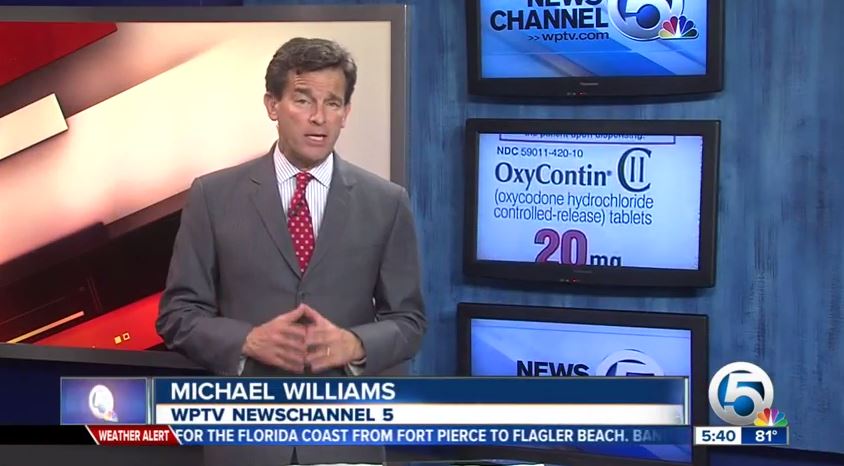Heroin Addiction Was Rampant in 1913; In 2014 It’s Prescription Painkiller Addiction
Heroin, which acts as a sedative and respiratory depressant, worked well in suppressing coughing fits, making it a medical breakthrough in the early 1900s, when tuberculosis and pneumonia were among the leading causes of death. By 1913, the number of heroin addicts had skyrocketed to the point that drug-company Bayer was forced to stop producing heroin. You should know that prescription opiates are chemically similar to heroin, and virtually indistinguishable as far as your brain is concerned. (And heroin is actually still used medically, often for post-surgery pain, in certain countries, including the UK.) As explained by Dr. Wilson Compton, deputy director of the US National Institute on Drug Abuse, heroin, morphine, hydrocodone, and oxycodone "are all classified as opioids because they exert their effect by attaching to the opioid receptor found in our brain and spinal cord." For instance, hydrocodone, a prescription opiate, is synthetic heroin. So, if you're hooked on hydrocodone, you are in fact a good-old-fashioned heroin addict. But most people assume that because it’s a “prescription” drug, it’s safe, or should not carry the same negative stigma as a street drug. This is, sadly, far from the truth. Fatal prescription drug overdoses actually surpassed car crashes as the leading cause of accidental death in 2007. Many of the overdoses (36 percent) involve prescription opioid painkillers, which were actually the cause of more overdose deaths than heroin and cocaine combined.





